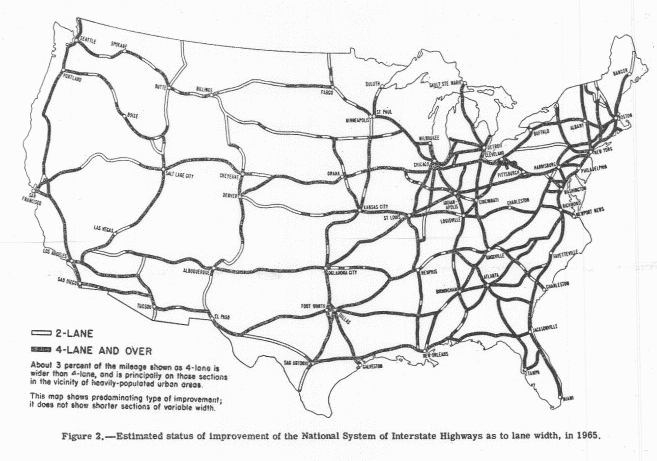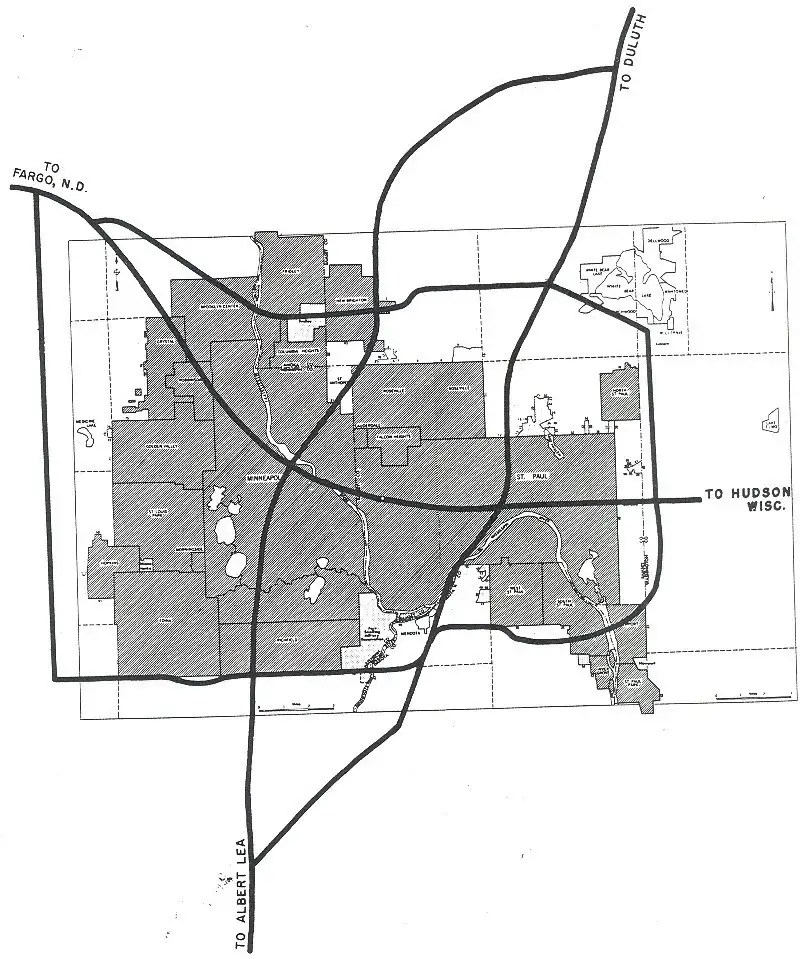
Coloring Books
Red Book, Yellow Book, Green Book
Stay within the lines.
The Red Book
There’s a specification that Phillips published in 1981, for optical digital encoding of audio. They teamed up with Sony to create the standard, and by the following year hardware was on the market in the new format: Compact Disc. (Discs are optical media; disks are magnetic media.)
The cover of the book containing the specifications was red, so the format soon came to be known as Red Book. Once additional extensions to the standard came along, each was published in its own color book. CD-i, the interactive format was enumerated in the Green Book, but it didn’t find much success on the market despite enormous hype. CD-ROM had a brief moment of popularity after it was described in the Yellow Book in the late 80s.

Philips diagram describing the reading of data from a CD.
Eventually, the collection of all the various optical disc formats came to be known as the Rainbow Books. Later, hybrid formats emerged, letting creators combine Red Book audio with Yellow Book CD-ROM data.
The Yellow Book
In the middle of the last century, troops returning from World War II had been impressed by the efficiency and military utility of the advanced highways criss-crossing Germany. Perhaps no one was more impressed than Dwight D. Eisenhower, who would spearhead the creation of a similar national highway system in the United States, which would be named in his honor after his passing.
While there had been similar efforts proposed in the past, the first full plan for our current national highway system was mapped out in 1955, in a publication entitled General Location of National System of Interstate Highways. It was, in many ways, a connect-the-dots between the biggest cities in the country.

1965 status map showing progress on following the 1955 highway plan
The cover of the General Location book was yellow. Soon, the publication and the plan it proposed came to be known as the Yellow Book. Though it was known for the lines between cities, it contained sketches outlining the route that highways would take through cities.
In the manner of many such planning efforts, examples intended to be illustrative soon came to be considered normative by those responsible for picking the location for the new highways. The destruction of minority and marginalized neighborhoods during the construction of the federal highway system can in many cases be traced back to simple line drawings in the Yellow Book that passed, nearly unchanged, into the final location of enormous multi-lane divided highways.

Close-up of highway plan for Minneapolis-St. Paul in the 1955 edition of the Yellow Book
The Green Book
Victor H. Green was a mailman in Hackensack, New Jersey in the 1930s when he realized the need to document places where African Americans could safely travel, eat and find accommodations while in unfamiliar parts of the country. Playing off of his name, Green published The Negro Motorist Green Book starting in 1936, with the cover of the book reflecting both its name and its author’s name. Though that first edition only covered the New York City area, it rapidly expanded to cover the entire country, limited only by the meager resources available to Green as a self-published author.

Green Book covers from 1937, 1945, 1956 and 1961. (Via 99% Invisible)
The Green Book, as it was popularly known, stayed in publication through 1966, tending to the needs of its audience until the legal (though not social) end of the Jim Crow era.
As the excellent 99% Invisible podcast episode about the Green Book states, “Green relied on informal networks like the National Urban League, the NAACP, masonic lodges, and churches around the country.” By tapping into his network of connections, Green maintained a standard of increased safety and comfort for an entire community as it endured decades under the burden of the systematic oppression of Jim Crow.